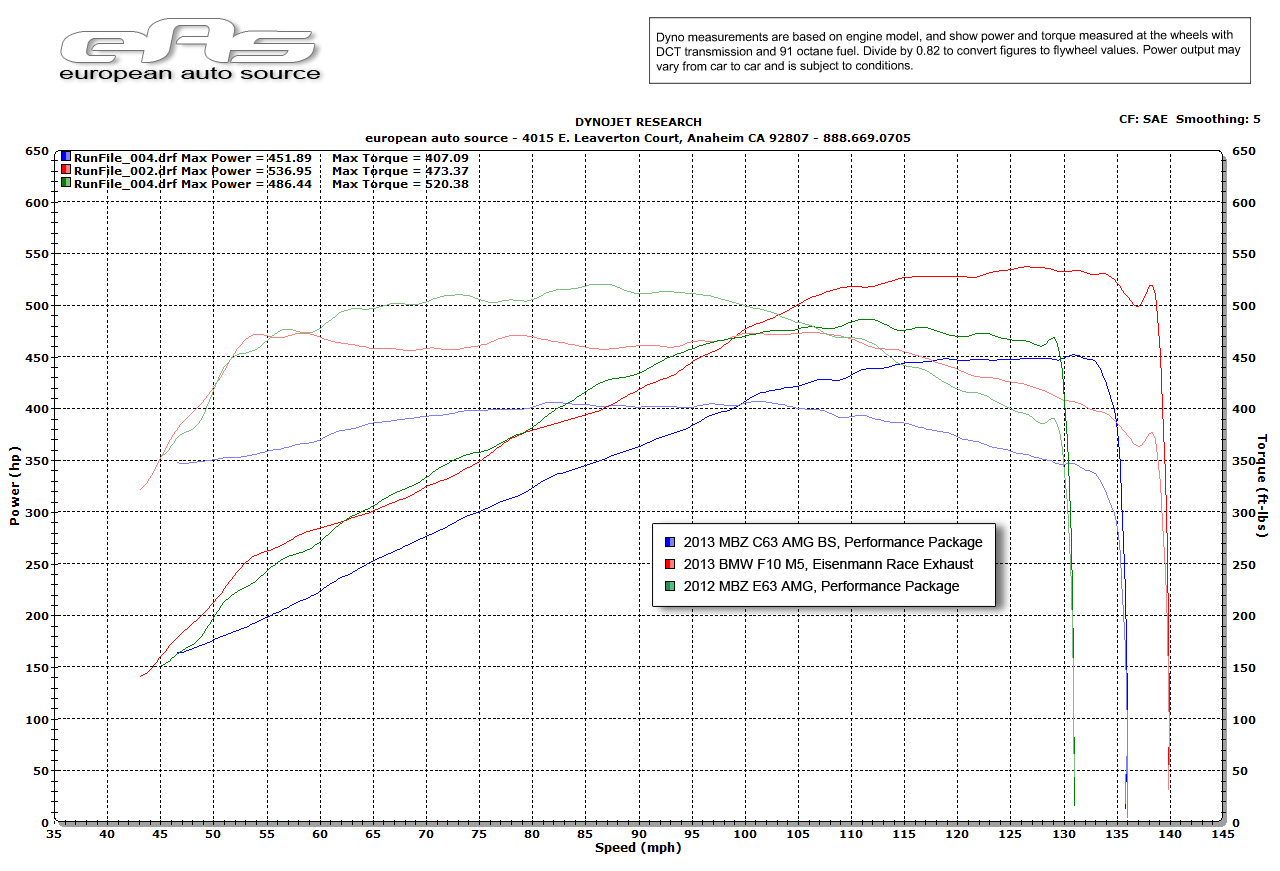Dear all,
Any of you with a 2013 Model S had any problems to pass the technical inspection due to:
1. COC "maximum continuous rated power" (point 27) of 69kW not being accepted?
2. extra 2 rear facing child seats in the trunk not showing up in the "carte grise"?
The CT/keuring refuses to give me a certificate with more than 3 months of validity, stating that I need to provide a COC with the value of "maximum net power" for my 2013 Model S.
Tesla says that there's no other COC for my model year Model S. What I have is what they can provide and should be accepted by the authorities.
At the DIV, I was asked to send a copy of my COC and registration documents to the "Homologations Office".
Sharing of similar experiences and the final outcome are welcomed.
Thank you.
Regards,
--
S3T3
Any of you with a 2013 Model S had any problems to pass the technical inspection due to:
1. COC "maximum continuous rated power" (point 27) of 69kW not being accepted?
2. extra 2 rear facing child seats in the trunk not showing up in the "carte grise"?
The CT/keuring refuses to give me a certificate with more than 3 months of validity, stating that I need to provide a COC with the value of "maximum net power" for my 2013 Model S.
Tesla says that there's no other COC for my model year Model S. What I have is what they can provide and should be accepted by the authorities.
At the DIV, I was asked to send a copy of my COC and registration documents to the "Homologations Office".
Sharing of similar experiences and the final outcome are welcomed.
Thank you.
Regards,
--
S3T3




